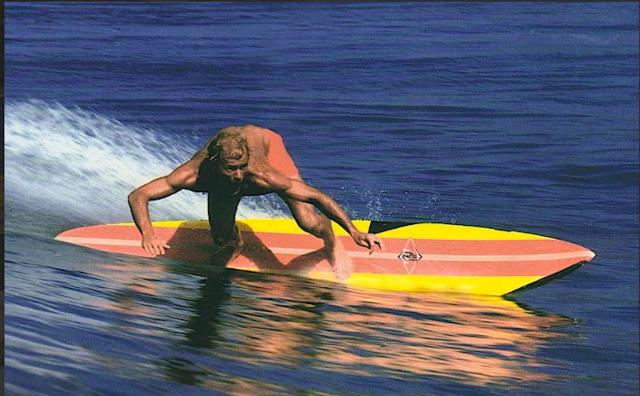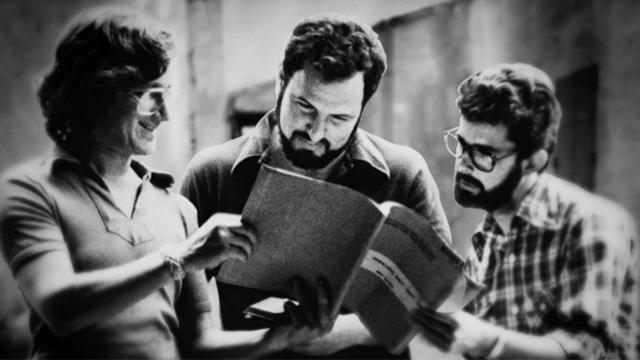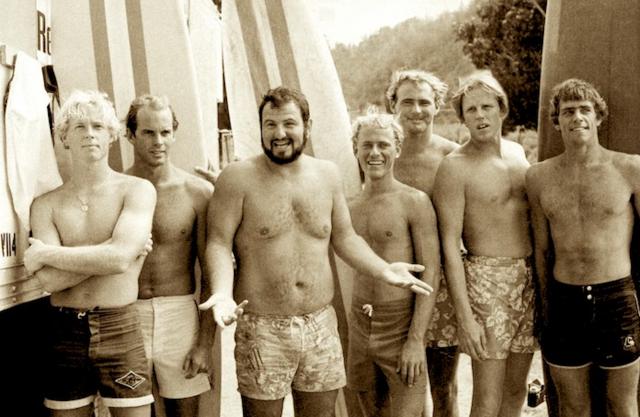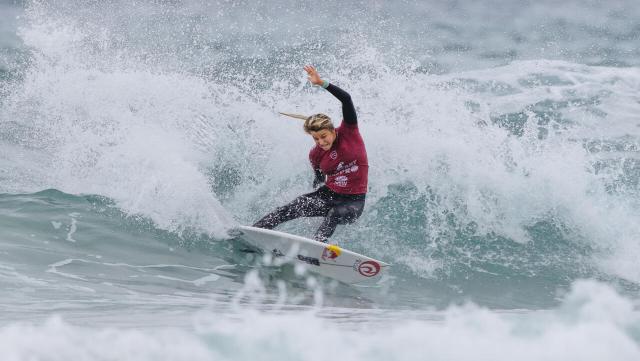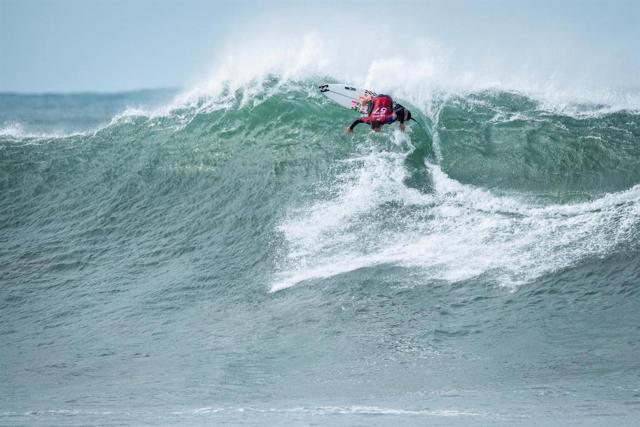Just when you think it must be, oh, six months or so, since you heard a good story about Big Wednesday, along comes one I’d never heard before, courtesy of surf historian Matt Warshaw and veteran film-maker Greg MacGillivray, and it’s a cracker.
We’ll get to that in a minute, but first a little background for the uninitiated on the most revered and ridiculed surf film Hollywood ever made.
By the mid-1970s veteran Malibu surfer John Milius was becoming a hot item at Warner Bros, having written the screenplays for the first two Dirty Harry movies, and written and directed The Wind and the Lion for Sean Connery.
OK, he wasn’t yet in the league of Warners’ other “it” directors, like his pals Steven Spielberg and George Lucas, who had bigger offices just along the lot, but he could pretty much choose his own next project.
And he did.
Malibu surfer, muso and writer Denny Aaberg had written an amusing short piece for Surfer and Tracks magazines called No-Pants Mance which marginally fictionalised the bad behavior of the ‘Bu brethren in the early ‘60s, of which Denny and Milius had been a part.
This became the skeleton of Big Wednesday. In California in October 1976 Denny lined up an interview for me with Milius at the Warner’s lot where he was working with Spielberg and John Belushi on a film called 1941 while Big Wednesday was in pre-production.
I later wrote: “Milius was a big man with a penchant for a grand gesture and grandiose turns of phrase. Waving his stogie around, his feet on the desk, he said: ‘This is probably the most personal film I will ever make. This is surfing’s How Green Was My Valley – the loss of an aristocracy, the end of an era.’”
Milius would later regret those words when, after Big Wednesday’s release in 1978 a New York Times reviewer wrote: “John Milius got millions from Warner’s to make a ’personal movie’ about surfing, and if anyone liked it except him, I’d be surprised.”
Just about all the big names in surfing at the time were involved, but it was a monumental flop until home video turned it around and made it a cult classic.
But it didn’t hurt Milius’s career too much – he went on to write the blockbuster Apocalypse Now with Francis Ford Coppola in 1979 and was nominated for an Academy Award. He also managed to sneak in a brilliant battleground surfing scene, in a subtle finger to everyone who’d rubbished Big Wednesday.
But back to the Warshaw story, which he shared on his Sunday Joint blog from Greg MacGillivray’s new book, Five Hundred Summer Stories. Greg, one of surfing’s greatest chroniclers, was second unit director on Big Wednesday and in 1977 found himself in Milius’s office at Warner Bros on an almost-daily basis.
He takes up the story:
“Spielberg, Milius, and their friend George Lucas were challenging the status quo with enormously profitable films. One day the three of them were in John’s office and we were all joking around. I would later learn that they had each agreed to share two points of the net profits from the three personal projects they had in production. Lucas’s film was Star Wars and Spielberg’s film was Close Encounters of the Third Kind. John’s film was Big Wednesday.”
Big Wednesday cost $11 million to make and returned $4.5 million at the box office. Star Wars cost $11 million and returned $775 million, while Close Encounters cost $19 million and returned $306 million.
“The deal worked out better for some than others,” Spielberg later told MacGillivray, laughing at the lost millions.
“We haven’t repeated the practice.”
Challenger Series at pointy end
With the Saquarema Pro in Brazil done and dusted this week, and the Haleiwa Challenger closing out the series in Hawaii later this month, the list of qualifiers for the 2023 WSL World Tour is almost complete.
But, there is still room for surprises.
The story so far for the Australians: in the women’s division, in which the top five join the World Tour, Macy Callaghan and Molly Picklum have qualified, currently sitting at one and two on the rankings, Molly sharing that slot with Caitlin Simmers (USA). WA’s Bronte Macaulay, currently sitting at seven, pulled ahead of Nikki Van Dijk, now eighth, who didn’t go to Brazil. Both are still outside chances to make the tour but will need to do very well in Hawaii.
In the men’s, Ryan Callinan has qualified to rejoin the big tour at three in the rankings. Our other likely qualifier is Liam O’Brien, now sitting back at sixth, after Morocco’s Ramzi Boukhiam’s second to Medina in Brazil saw him jump 10 places to sit at fourth, and another solid performance from Hawaii’s Ian Gentil taking him to fifth.
Dylan Moffat and Morgan Cibilic, sitting either side of the cut at 10 and 11 with just five points separating them, need to pull out all the stops in Hawaii, with so many form surfers now ahead of them. But, as Ramzi showed us, it can be done.
It’s an interesting scenario. We have four horses in each race, but, depending on Hawaii in two weeks, could end up with only three qualifiers all up.

